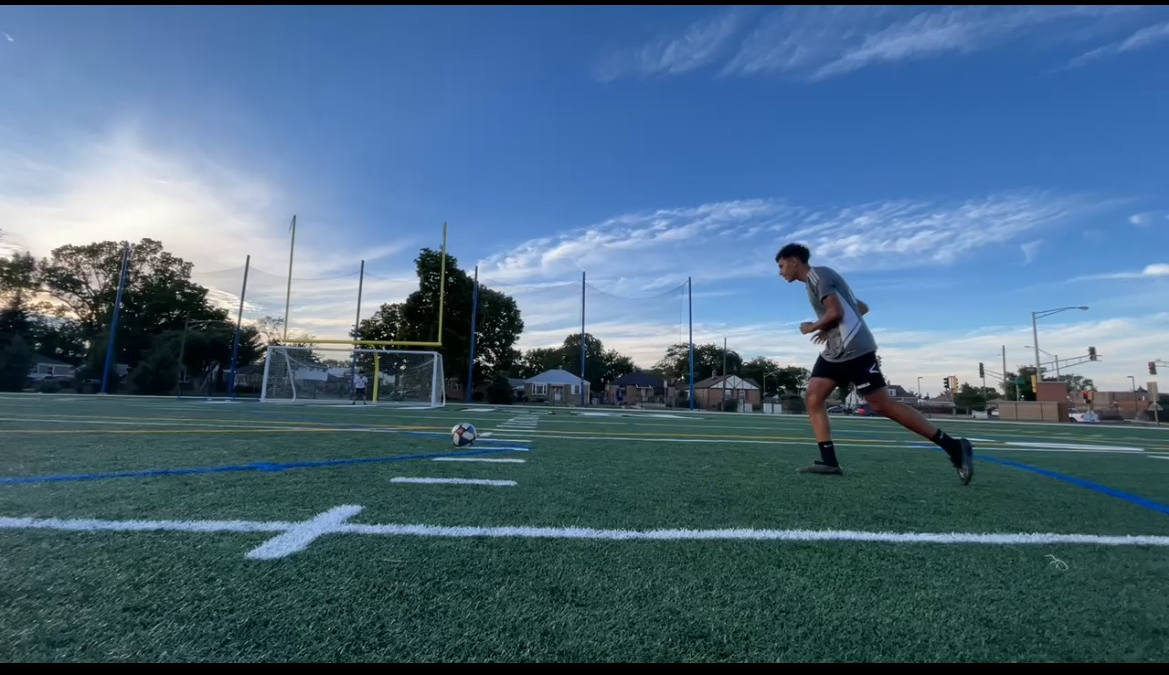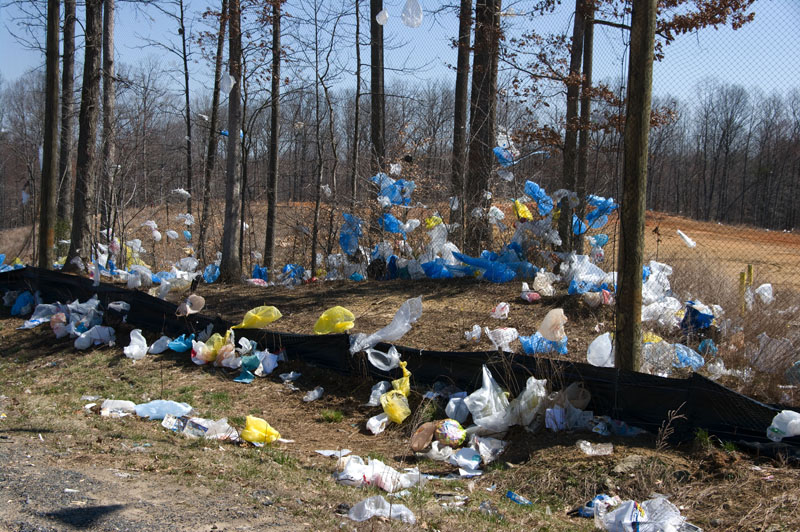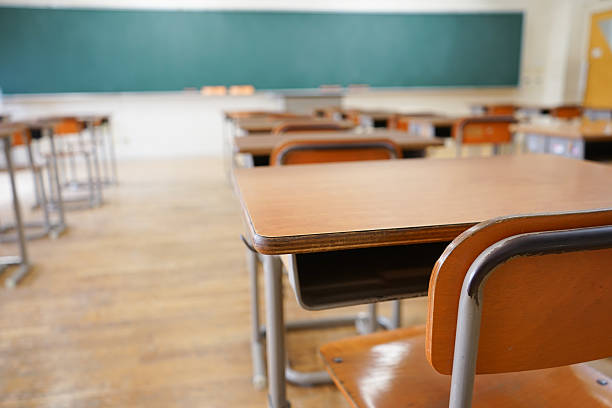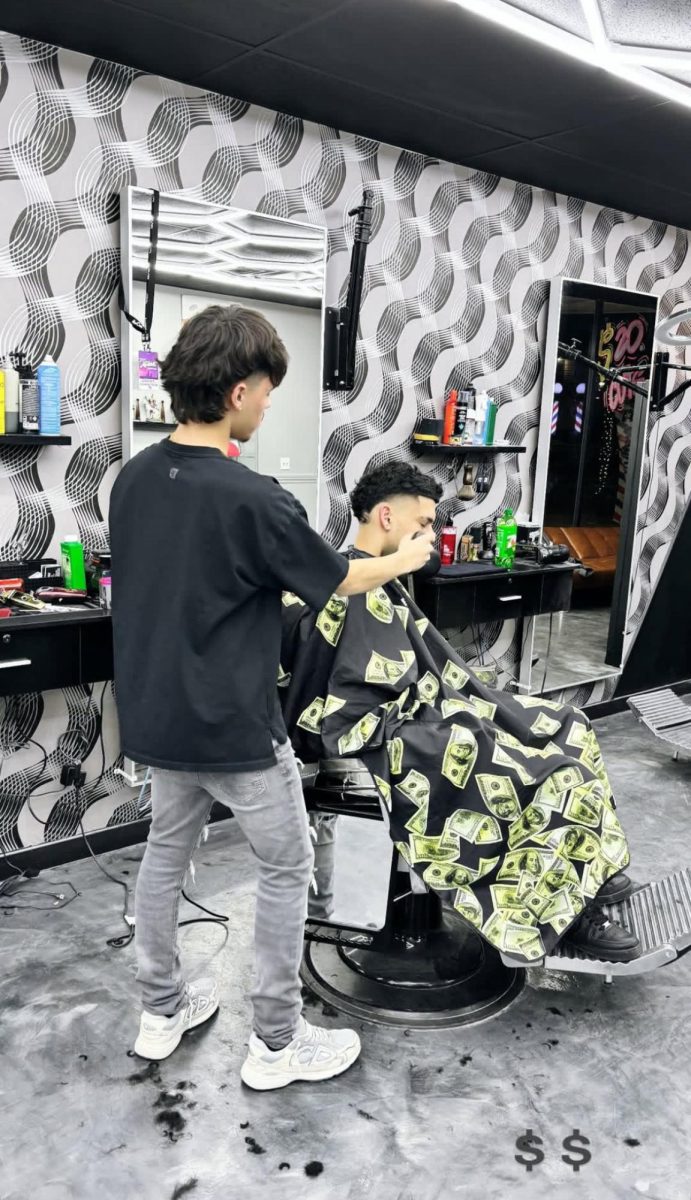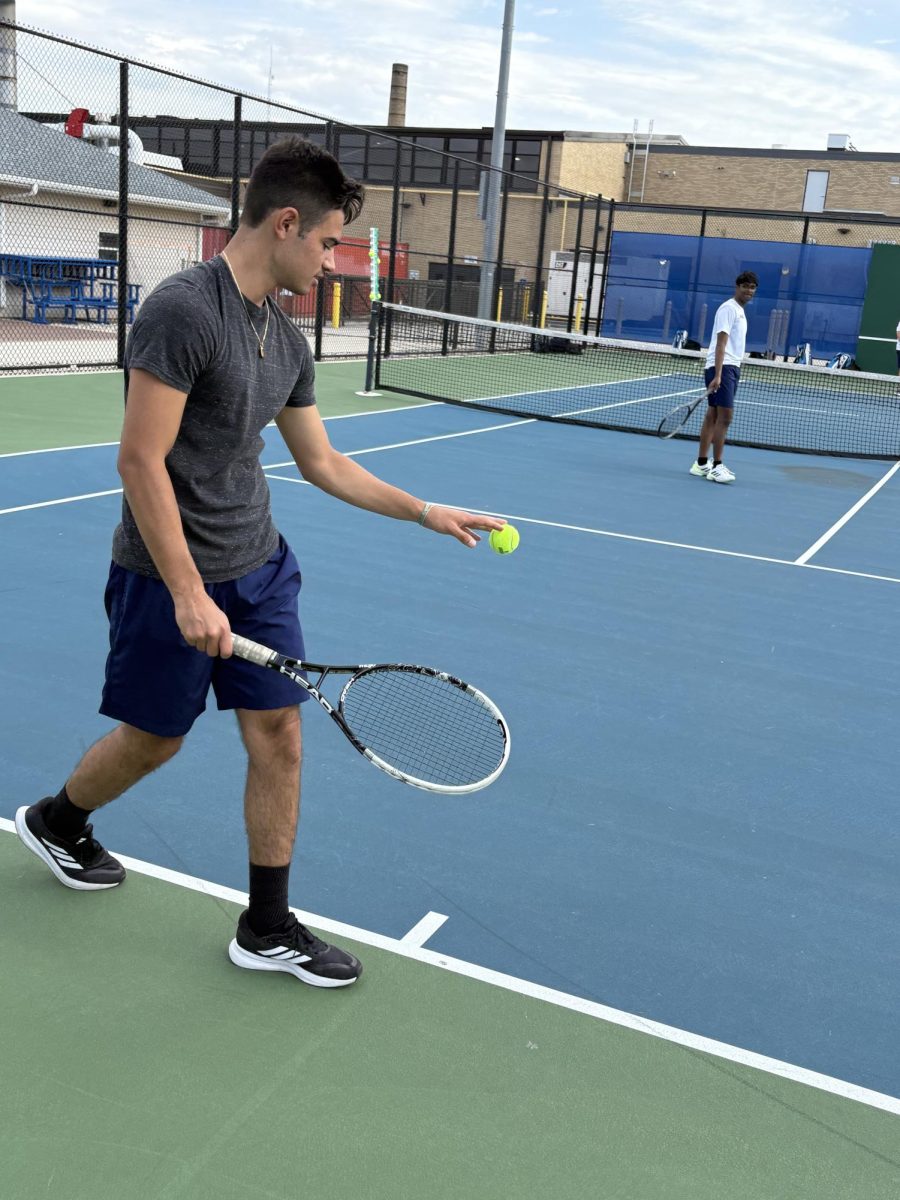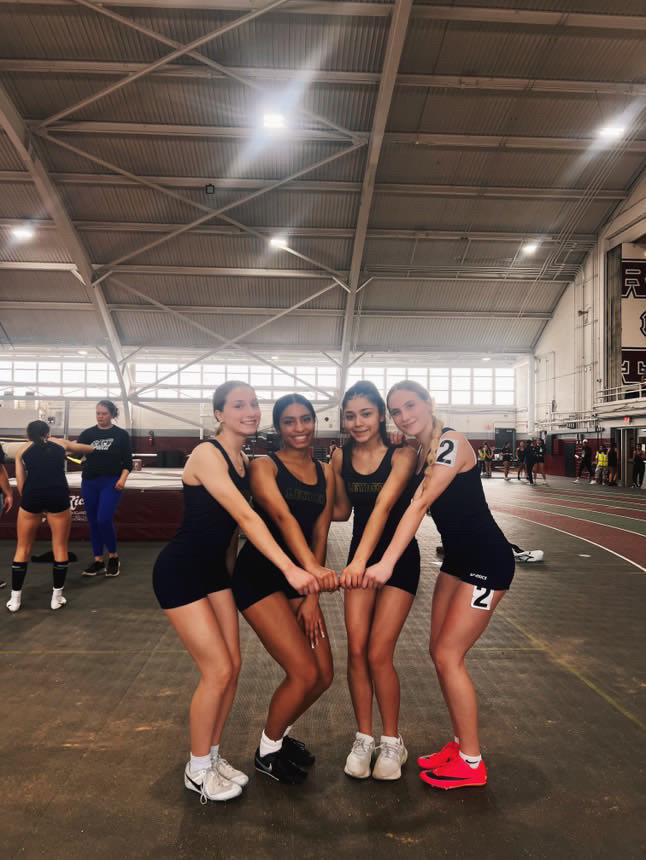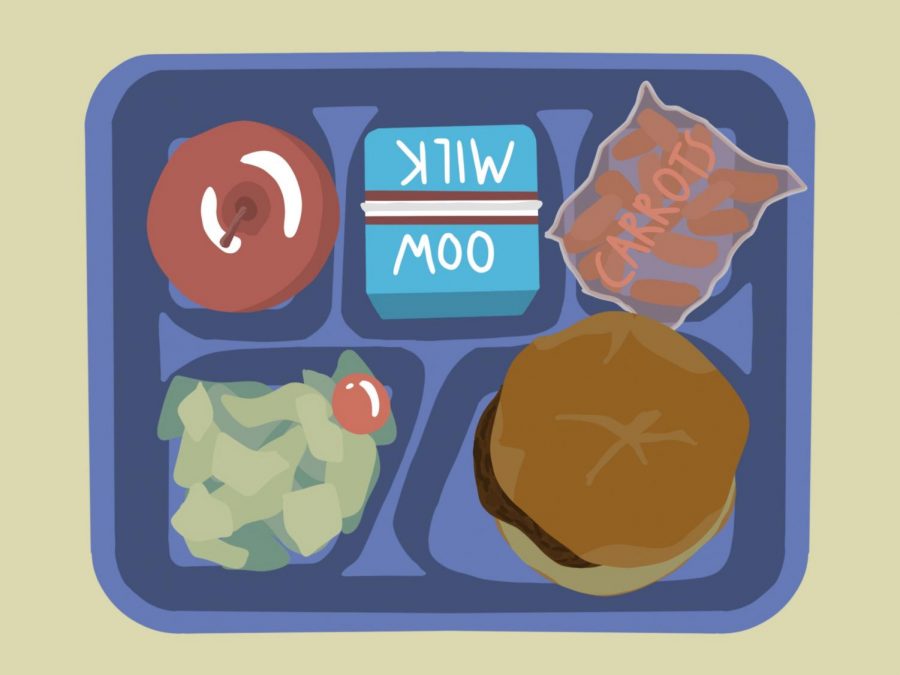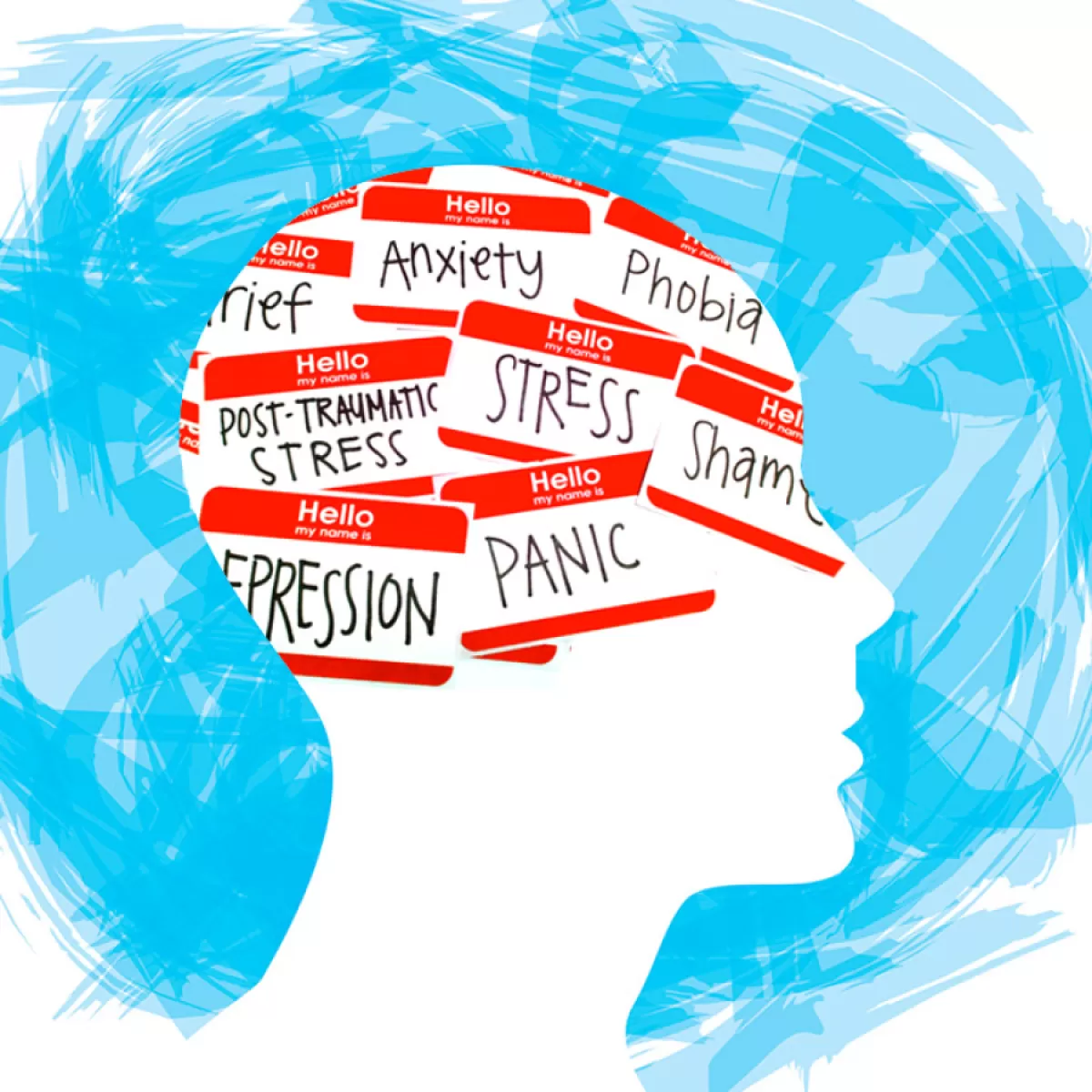6:00 AM: Wake up and get ready for school. 7:35 AM: Start your first class of the day. 3:10: Practice with your team. 6:00 arrive home and rest. This is the schedule that student-athletes at West Leyden face during their seasons.
For students at West Leyden, sports are a huge activity. With the start of the 2024-2025 school year, sports have kicked back up, sports like soccer, cross country, football, volleyball, and much more. However, with school and homework, some athletes struggle to keep up with all the stress. Student-athletes have to manage their time with homework, sports, and maybe even work as well.
Student-athletes have a six-day work schedule and get home at 6 p.m. On game days, they get home even later. They still need to do their homework, as well as everything else, like eat a meal and shower. Students with harder classes struggle with this even more due to the amount of work they receive with these classes. Is this expected for students who make the team, is this necessary?
The Con’s of Being a Student-Athlete
According to the University of Albany, “That said, the SAT scores of athletes were, in general, about 150 points lower than those of the general student body. In addition, their high school rank was about 20 percentage points below the regular students. These two background issues, on their own, predict that college athletes will perform worse in their classes. The extent of these two issues’ effects is estimated to be -0.3, which means that college athletes get a letter grade worse than their peers in three out of ten classes they take”(Forster). Albany based their research on college athletes around the country.
Some student-athletes think that homework and sports cause a lot of stress, and they tend to struggle with it. The following quotes are what some student-athletes said.
According to Jonathan Guerrero, a student board member at West Leyden and a Varsity Boys Soccer player, says “After practice, I would drive home, get something to eat, and around eight or 9 pm I would start doing homework or any other chores or commitments I had. I take all honors classes and 3 AP classes, it tends to be a lot of homework usually. And after I would shower, get my stuff ready for the next day, and go to sleep. Usually, I would end up going to sleep around 11:30 pm. I would feel drained some days.”
While the stress is still there, other athletes try to relax themselves. “I try to not get stressed, but eventually it’s inevitable, but most of the time, I try to incorporate some yoga into my schedule, or meditation, any sort of mindful activities that help you calm down and just keep you from losing your mind. Also, not very often, but I try to read books or just listen to peaceful music that helps me relax usually” Rogelio Herrera said, another Varsity Soccer player.
With the stress Guerrero finds a way to find a medium, he says “I think it’s just all about a balance. You have to use your time wisely and never procrastinate. It’s just about setting your priorities straight and having a planner for sure, like something where you just list out what you have to do for the night. Stress can be handled with organization.”
Ms. Tomillo a coach and teacher at West Leyden, who also was a student-athlete, says this, “It was definitely worth the stress. My life would be completely different if I never played sports. It taught me a lot about teamwork, discipline, and time management while also being a really good outlet for stress.” Even with the stress student-athletes still think the sports help them in the future and are worth the hard work.
The Pros of Being a Student-Athlete
Other student-athletes tend to think that sports don’t add any stress and that anything is helpful. This research goes against what the University of Albany said. According to the National Library of Medicine, “Chi-Square statistical analyses comparing athletes to non-athletes showed that athletes scored significantly better on all standardized tests compared to non-athletes (passing rate ranges ranged from 77.1% to 92.9% versus 27.7% to 66.5%. Athletes were at lower risk for dropout compared to non-athletes (35.6% versus 49.24%… and they had fewer disciplinary actions (mean of 0.85 per athlete per year versus 1.23 for non-athletes) (Eldridge).
Leila Herrera, a Varsity Girls Volleyball player, agrees: ”I enjoy volleyball and I believe I should prioritize it during the season. I have never found it stressful. I think it’s worth the little extra work you have to put in.
“I don’t have much stress with academics and sports, because I usually complete my assignments anytime I’m free. I tend to use my time wisely to prevent work from piling up. Sports encourages me to show up to school and perform well in order to keep my position as a starter” said Leila.
“I wouldn’t say that sports and homework are even stressful”, said Brianna Contreras, someone who plays soccer and cross country. She then mentions: “When you’re in a sport you always hear your coach talk about completing work in order to play for your team so if anything it encourages me to do my work and try harder in my classes.
Student-athletes have a lot on their plate. Depending on classes, and how you use your time efficiently will determine if you are stressed or not.
For now, student-athletes will work hard to gain that starting position, homework being a requirement for the position. Working on and off the field is what being a student-athlete needs to do.
Eldridge, James. “Comparison of Academic and Behavioral Performance between
Athletes and Non-athletes.” National Library of Medicine, U of Texas, Jan.
2014, pmc.ncbi.nlm.nih.gov/articles/PMC4831893/
#:~:text=Chi%2DSquare%20statistical%20analyses%20comparing,%25%20to%2066.5%25%20r
espectively). Accessed 14 Nov. 2024.
Chi-Square statistical analyses comparing athletes to non-athletes
showed that athletes scored significantly better (p<0.05)
on all standardized tests compared to non-athletes (passing rate
ranges ranged from 77.1% to 92.9% versus 27.7% to 66.5% respectively).
Athletes were at lower risk for dropout compared to non-athletes
(35.6% versus 49.24%; p<0.05), and they had fewer disciplina
ry actions (mean of 0.85 per athletes per year versus 1.23 for
non-athletes; ANOVA, p<0.05).
Forster, Julia. “Scholars Archive.” Student-Athletes and Academic Success: A
Comparison of the Graduation Rates, GPA and after College Success of
StudentAthletes and Regular Students, U at Albany, U of New York, May 2012,
scholarsarchive.library.albany.edu/cgi/
viewcontent.cgi?article=1010&context=honorscollege_business#:~:text=college%20ath
letes%20will%20perform%20worse,of%20ten%20classes%20they%20take. Accessed
13 Nov. 2024.
The extent of these two issues’ effects is estimated to be -0.3,
which means that college athletes get a letter grade worse than their
peers in three out of ten classes they take.


